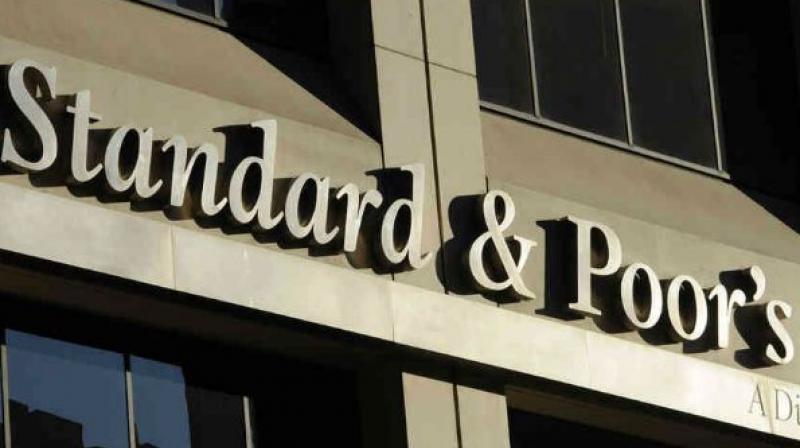Growth back to pre-note ban level increasingly likely: S&P
CSO last month had projected GDP growth to be 7 per cent in the October-December quarter.

New Delhi: The effect of demonetisation is fading and growth is likely to return to the pre-note ban stage, but a clearer picture of the economy will be available by June-end, S&P Global Ratings said today.
"India's effects from demonetisation are fading and a return to the growth path prevailing before the currency note swap looks to be increasingly likely. This should be a two-quarter event, meaning things will become clear by mid-2017," S&P said. India had demonetised 500 and 1,000 rupee notes on November 8, 2016, and asked holders of such notes to deposit them in banks.
The Central Statistical Office (CSO) last month had projected GDP growth to be 7 per cent in the October-December quarter, belying fears of slowdown post demonetisation.
For the full year, it projected India to grow at 7.1 per cent. In a report on Asia-Pacific economies, the US-based agency said these countries have started 2017 on a solid note and a number of significant political developments in the region's big three economies -- India, China and Japan -- will shape the baseline and risk scenarios this year.
These include the ruling party's victory in a key state election, China's National People's Congress in mid-March, Japanese Prime Minister's nomination to a third term as the party chief. S&P Global Ratings Asia-Pacific Chief Economist Paul Gruenwald said 6.4 per cent GDP growth forecast for 2017 for China looks safe for now.
"We will be watching non-performing loans and the related credit quality indicators in China as well as whether capital outflow pressures rear their heads again," Gruenwald said. S&P forecast Japan's GDP growth at 1.3 per cent this year, pegging it at around 1 per cent over the next few years.
The list of things that could go wrong for APAC nations include US-China trade relations, a possibly faster pace of US Federal Reserve rate hikes and their effect on capital flows, and heightened geo-political tension.
"The largest near-term risk is US-China trade relations. It is still unclear who has the upper hand in President Trump's administration: the globalists or the nationalists," Gruenwald said.

